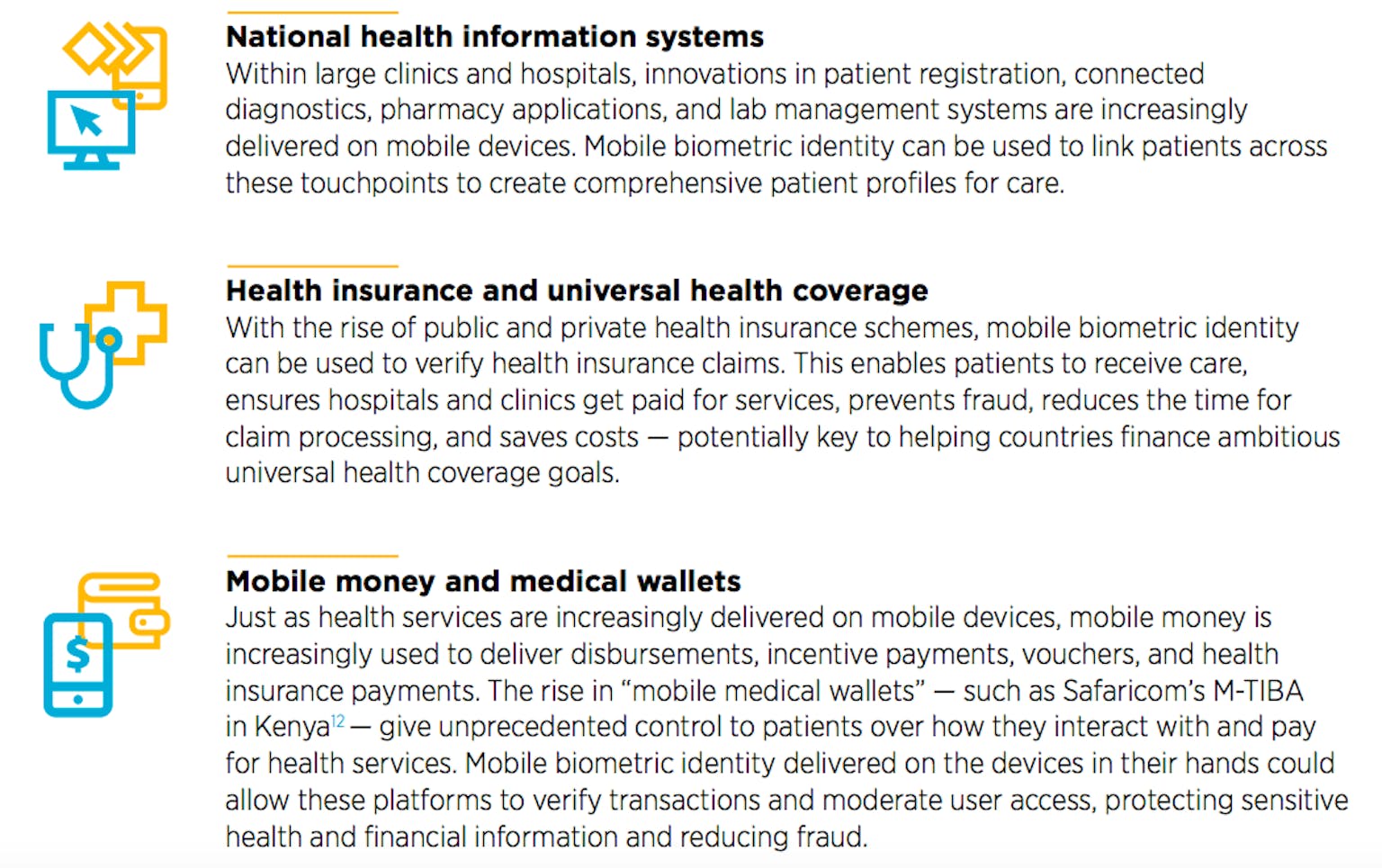February 18, 2019
GSMA Features Element in Health and Identity Case Study
GSMA featured Element in its case study, “Innovative mobile solutions linking health and identity” as one of four mobile-enabled platforms facilitating the creation of unique health identities, spanning countries across Asia and Sub-Saharan Africa.
The GSMA represents the interests of mobile operators worldwide, uniting more than 750 operators with over 350 companies in the broader mobile ecosystem, including device makers, software companies, and internet companies.
By 2018, the mobile industry had connected more than 5.1 billion people, creating more than five billion points of contact between consumers, healthcare workers, and health system administrators. In this publication, GSMA highlights how access to digital identification is crucial to the efficient and effective delivery of health services and how “the transformative power of mobile technology” can support the Sustainable Development Goals (SDGs).
Element's Enrollment and Authentication Process

Leveraging the mobile devices found at nearly every health system touchpoint, Element is deploying its software-only digital identity platform to help address service delivery challenges and explore sustainable financial models for universal health coverage. The case study outlines digital biometric identity use cases across the health ecosystem - for example, patient registration, broadening access to affordable health insurance, and improving the storage and use of patient information.
With Element’s capacity to enroll upwards of one million people on a single device and sync across devices, GSMA explores how the creation of a digital identity layer can help connect siloed digital health platforms without requiring the sharing of sensitive information - setting the stage to give patients increased control over their own data when it comes to accessing services.
Digital Biometric Identity Use Cases for the Health Ecosystem

GSMA also highlights the opportunities for mobile network operators (MNOs) to use digital identity to encourage greater linkages between the health platforms that already operate on their networks. For example, as people increasingly access health services on mobile devices, their use of mobile money for health expenditures will also increase. In Kenya, the National Health Insurance Fund (NHIF) experienced a 500 per cent increase in voluntary payment subscribers between 2009 and 2017 after the organisation started receiving payments via Safaricom’s M-PESA.
By integrating a mobile biometric solution like Element directly into their mobile money platforms, MNOs can verify transactions across the health platforms in their network — increasing digital payment volumes, preventing fraud, and creating mutually beneficial and sustainable opportunities for health-related partnerships.
Read more from GSMA. Graphic credit: GSMA




